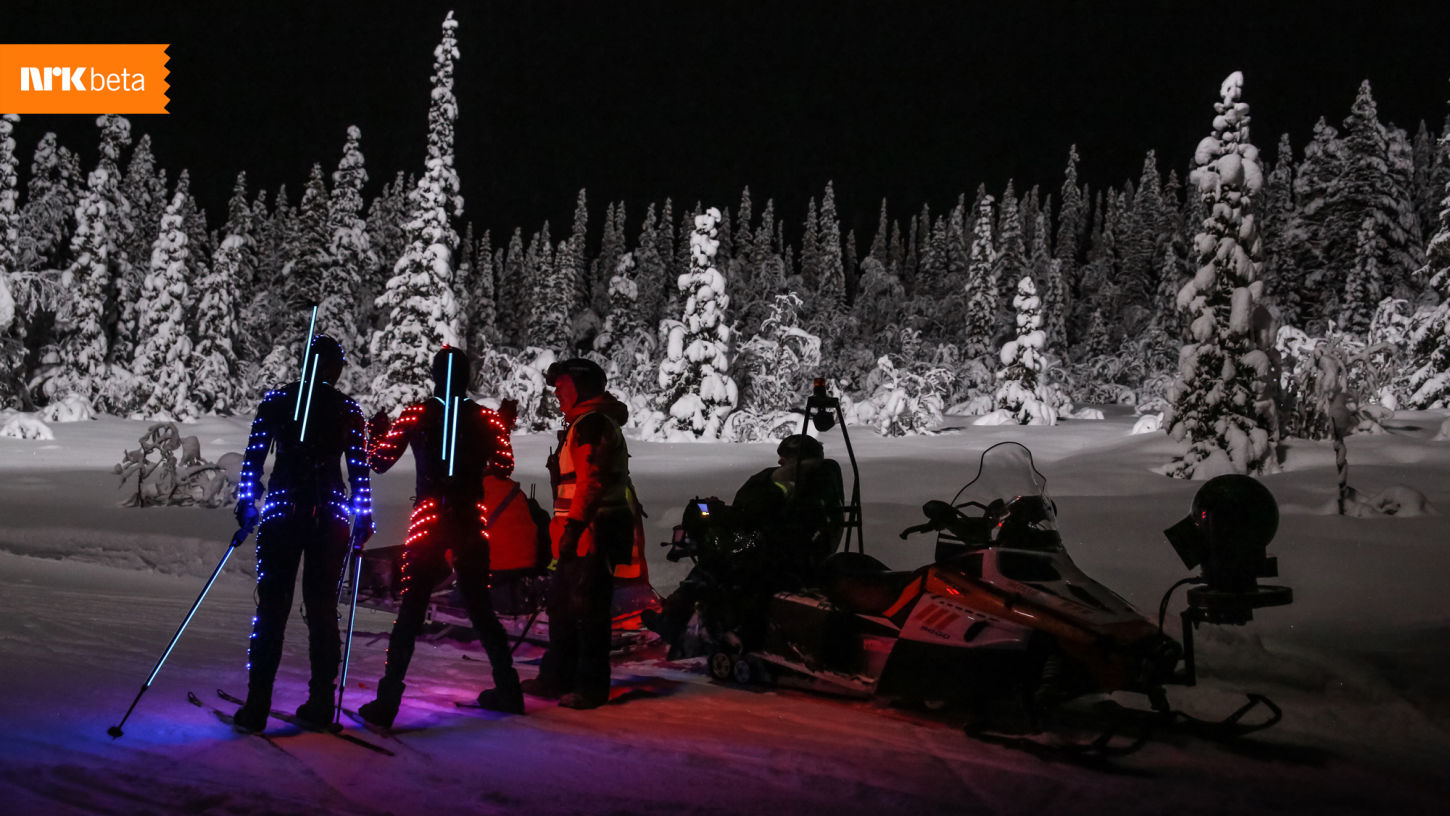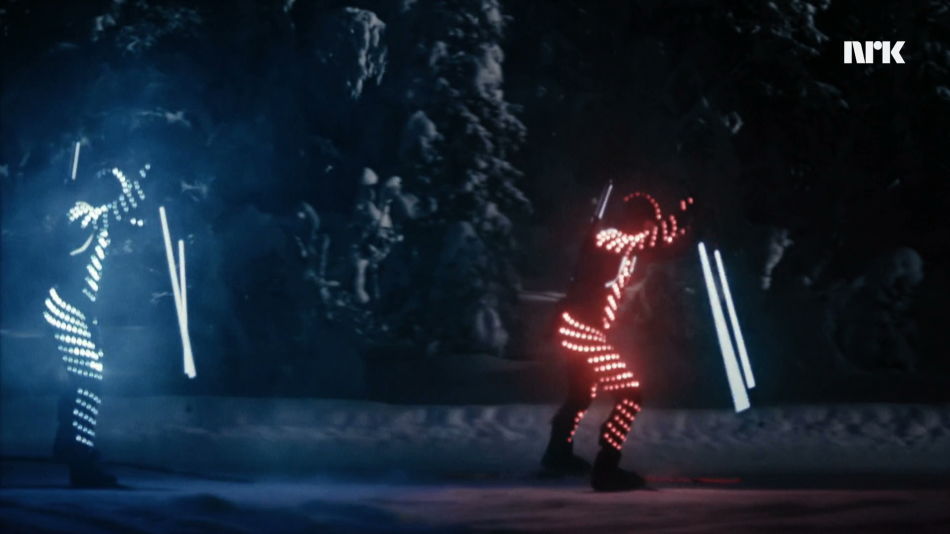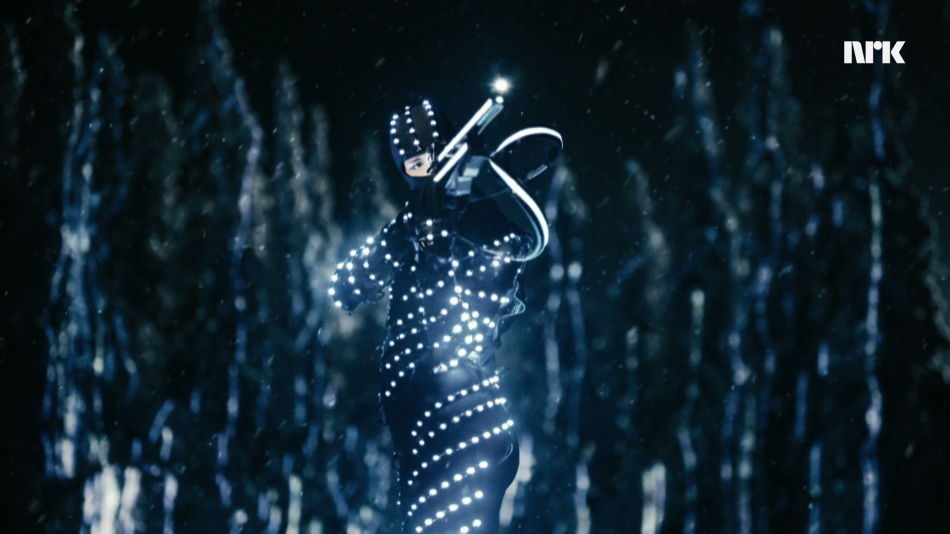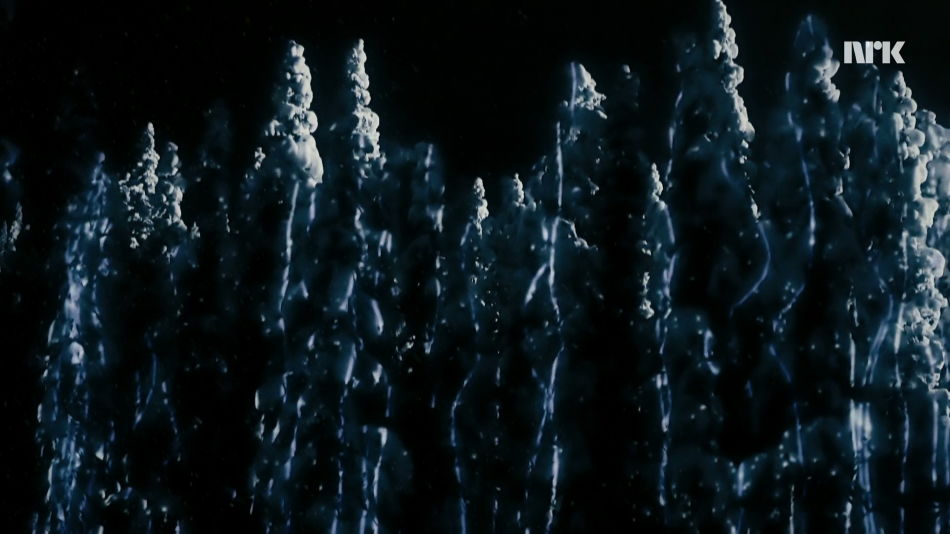Join the NRK behind camera and see the custom LED-suits, an enormous projector, drone photography and a custom Cineflex snowmobile. Everything at night in -20° in the Norwegian mountain village of Beitostølen.
Norwegian: Slik lagde NRK vignetten til Skiskytter-VM i Oslo 2016
A mini-documentary takes you through the whole process, from drawing board to the finished product: the vignette of the Biathlon World Championship 2016, where the Norwegian Broadcasting (NRK) is the host broadcaster.
Cineflexmobile
– We primarily used an Arri Alexa-camera, controlled by Rune Hov. The camera is one of the best around, says Jørn Veberg of NRK. Together with Knud Andreas Kleppe, he has directed the vignette.
Hov filmed from a sled, that was pulled by a custom snowmobile, with a mounted Cineflex-camera.
The scooter was made by NRK special photographer, Jan Benkholt.
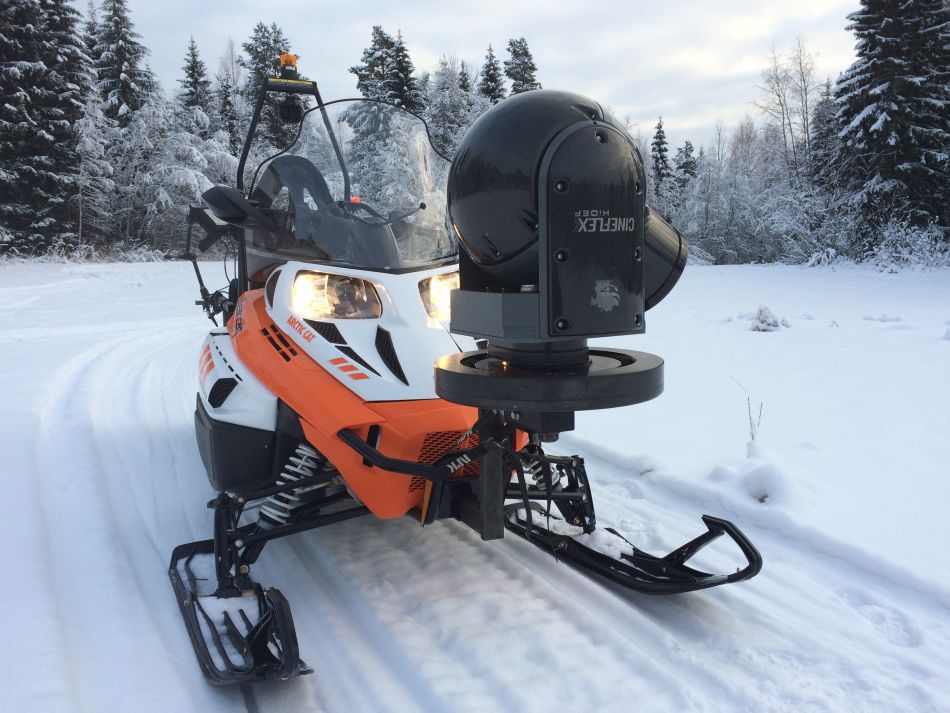
Pulse is the key
– Biathlon is two sports combined into one: skiing and shooting. A lot of the athlete’s focus is controlling their puls, and thus puls became a key element for us, explains Veberg.
But how do one visualize puls? When breathing is something everyone does, how can you present it in a vignette? The team quickly decided that light was something they wanted to work with.
Suits alive
– We have seen quite a bit of LED-suits before, and assumed this would be something we could get off the shelf. It turned out it was not that easy, says Veberg.
Almost a decade has passed since Kanye West and Daft Punk were at the Grammys with their glowing suits, but the technology has not become more accessible as time passed.
– We had to do some more research, but the ones we got in touch with almost kept a lid on how they had done it, and did not want to share the recipe, says Veberg.
The solution was created by lighting specialist Melissa Larsen for the NRK. Custom designed suits with a lot of LED-strips attached. They are attached to a transmitter that communicates with a computer.
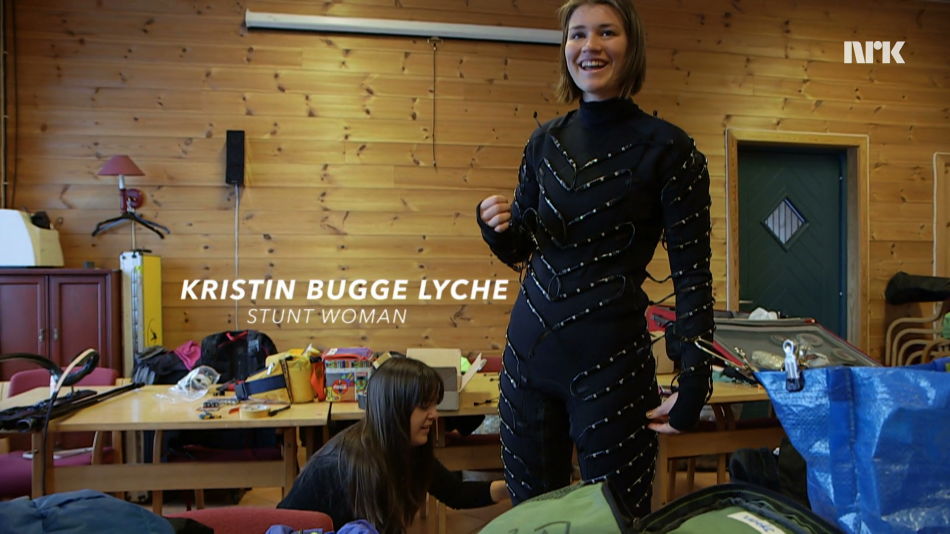
Simple animations are generated on the computer and are pushed to the suit via the Modul8-software. In addition Madmapper is used to mask out LEDs and thus decide where the lights will show up on the suit.
– This is the cool part of being a public service broadcaster. We can freely share the amazingly nerdy process behind things like this, laughs Veberg.
More drama
He says that biathlon is a pretty fierce sport: the athletes ski and shoots in the middle of a crowd.
– We wanted a bit more drama and present this a bit cooler than how it normally is perceived, says Veberg.
Audio is key
The sound needs to match the video, and Veberg says that they wanted audio to mirror the dark and rough images.
– A fist to the face, he says.
They had references in pop, rock and electronica, and the result is composed by Roy Westad, who also made the music for the horror movie Dark Woods 2.
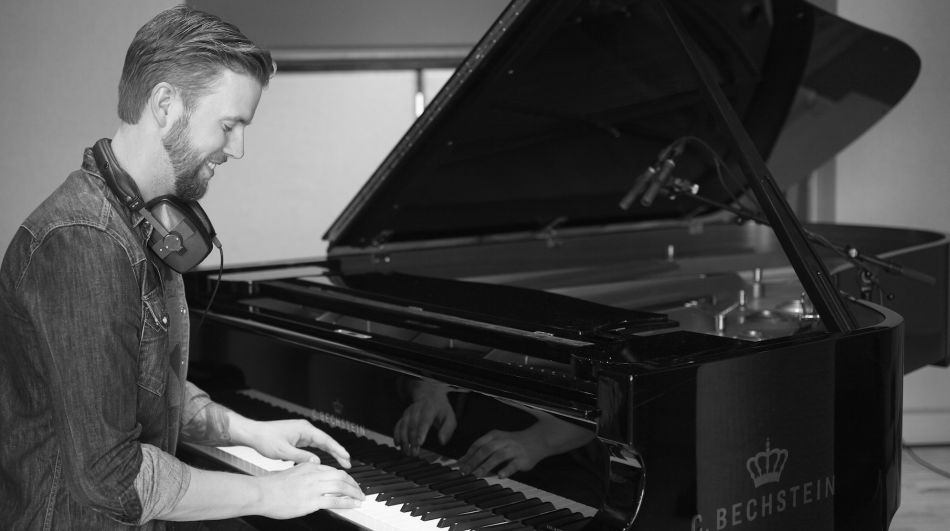
– We started thinking about what sounds you never hear in sports, and quickly found that jazz would be a very strange combination with biathlon, says Veberg.
Jørgen Munkeby, known from bands like Shining and Jaga Jazzist, came in and contributed with a characteristically «black jazz»-sound.
– A lot fell into place when Jørgen joined us with his sax. It gave the little unique touch we were looking for, says Veberg.
Projections in the cold
The graphics projected on the trees around the shooting area were done by Jan Martin Vågen. The graphics are made in After effects, and some is generated in VDMX – the software that also sends out the animations. They are in turn projected flat against the trees. Some places – like the very first lit tree – Madmapper is used to isolate some trees.
– We filmed this in early January, and just before Christmas we were told the projector did not like cold weather at all. That presented a bit of a challenge, as we were shooting this in Beitostølen in -20° Celsius.
The team had to build a heating tent, that also could house the laptops that not were fans of the cold either.
– Because we were filming with a drone above the shooting area, we needed to build something that could be swiftly moved. In addition, there was snow flying through the air at all times, due to the snow cannons, says Veberg.
Everything went according to plan, except a fall.
– The most important piece in this shoot was the suits. We were totally dependent om them, and if they would stop working we could just pack up and go home, says Veberg – not hiding that he was pretty stressed when one of the athletes fell during the first take. Luckily nobody – suit or human – were hurt and the show could go on.
What do you thing of the title sequence, and the work behind it?
